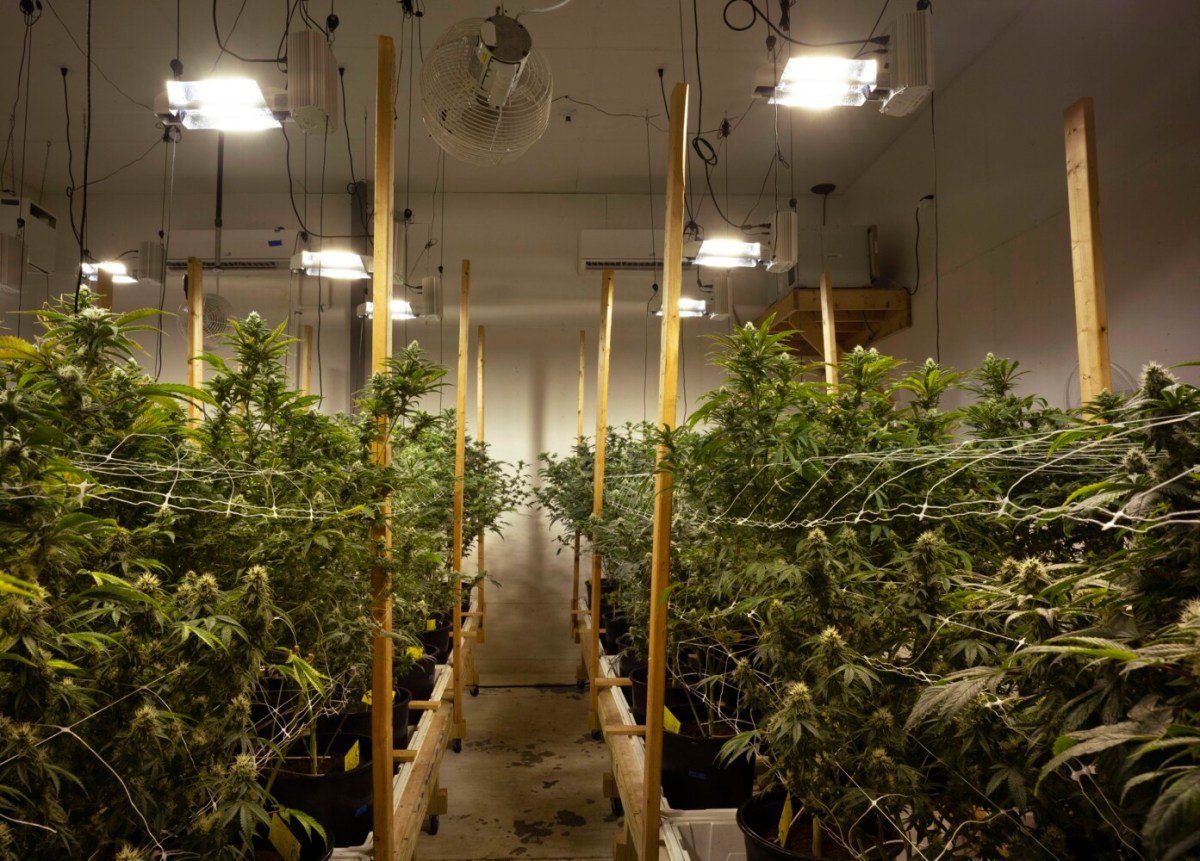
After five years of rapid growth following legalization, Maine’s recreational cannabis boom may be over.
Sales are beginning to plateau and the price per gram of cannabis is falling, according to state data released last week, although officials said the market remains in good shape.
Total recreational cannabis sales in Maine grew from $82 million in 2021, the first full year after the state legalized recreational marijuana, to $159 million in 2022 to $217 million in 2023. Last year, the industry made nearly $244 million, its most profitable year yet.
Through September of this year, slightly less than $186 million in product was sold across 225 retail stores, putting 2025 on pace for about $248 million. That would be the smallest year-over-year increase in the market so far.
Maine’s Office of Cannabis Policy views the leveling off as a sign the market is maturing and starting to oversaturate. There are more growers, more shops and more weed in the market than demand can fill, OCP director John Hudak said last week.
“What you’re seeing is explosive growth at the outset, which you would expect from a new industry,” Hudak said. “You can only sustain explosive growth for so long as the supply begins to catch up with demand.”
Industry advocates, however, say slumping sales can’t be attributed solely to the push and pull of supply and demand and they worry what the trend means for the future of Maine’s distinctly mom-and-pop cannabis market.
Paul McCarrier, a longtime Maine cannabis advocate, noted that both cannabis producers and consumers are subject to the same economic headwinds as the rest of the country.
The rising costs of electricity, water and labor have made it more difficult for small cannabis growers to stay in business, he said. And as prices continue to fall, McCarrier is concerned large corporate growers will be the only ones able to survive a contracting market.
“None of this is happening in a vacuum,” he said. “People have less disposable income, and if you’re not able to run a leaner operation and you’re over-leveraged, you’re not going to be able to survive in these low periods.”
Though cannabis sales are slowing overall, Hudak said the industry is still strong.
“I think some people look at (the data) and feel some sense of distress, but in reality what you’re seeing is a maturing market,” he said.
Most of the state’s dispensaries are clustered in southern and western Maine, according to the Office of Cannabis Policy. Cumberland and York counties accounted for around 60% of all Maine’s recreational cannabis sales, which likely includes visitors coming in from other New England states.
Questions have been raised about the safety of both Maine’s recreational and medical cannabis in recent years. The state issued a spate of recalls last year of moldy pre-rolls in the adult use industry.
And lawmakers have continued to discuss ways to better regulate the industry, even as advocates warn that doing so could make things harder for small businesses.

We invite you to add your comments. We encourage a thoughtful exchange of ideas and information on this website. By joining the conversation, you are agreeing to our commenting policy and terms of use. More information is found on our FAQs. You can modify your screen name here.
Comments are managed by our staff during regular business hours Monday through Friday as well as limited hours on Saturday and Sunday. Comments held for moderation outside of those hours may take longer to approve.
Join the Conversation
Please sign into your CentralMaine.com account to participate in conversations below. If you do not have an account, you can register or subscribe. Questions? Please see our FAQs.